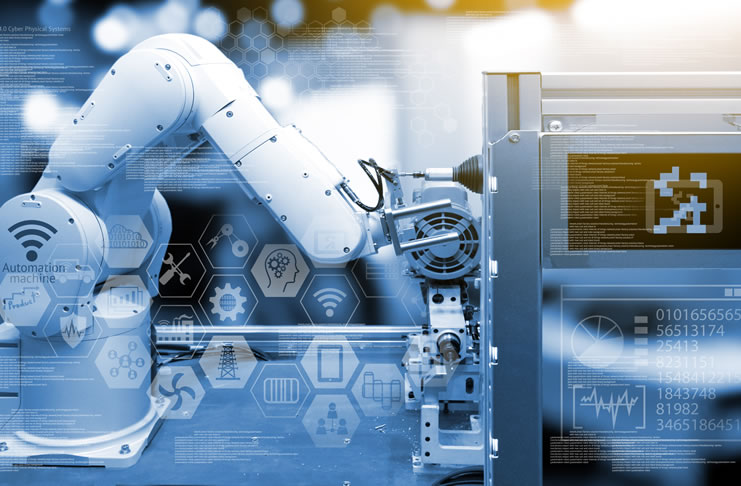Textiles were the dominant industry of the industrial Revolution in terms of employment, worth of output and capital invested with. The textile industry was conjointly the primary to use modern production methods.
The Industrial Revolution began in great United Kingdom, and many of the technological innovations were of British origin. By the mid-18th century United Kingdom was the world’s leading business nation, controlling a world trading empire with colonies in North America and also the Caribbean, and with major military and political hegemony on the Indian subcontinent, notably with the proto-industrialised Mughal Bengal, through the activities of the east India Company. The development of trade and also the rise of business were among the main causes of the industrial Revolution.
The earliest recorded use of the term “Industrial Revolution” seems to have been in a letter from 6 July 1799 written by French envoy Louis-Guillaume Otto, saying that France had entered the race to industrialise. “The plan of a replacement social order supported major industrial change was clear in Southey and Owen, between 1811 and 1818, and was implicit as early as Blake within the early 1790s and words worth at the turn of the [19th] century.” The term industrial revolution applied to technological amendment was becoming a lot of common by the late decade, as in Jérôme-Adolphe Blanqui’s description in 1837 of la révolution industrielle.
Six factors facilitated industrialization: high levels of agricultural productivity to produce excess workforce and food; a pool of managerial and entrepreneurial skills; accessible ports, rivers, canals and roads to cheaply move raw materials and outputs; natural resources like coal, iron and waterfalls; political stability and a legal system that supported business; and financial capital available to invest.
The commencement of the industrial Revolution is closely connected to a small variety of innovations, starting within the second half of the eighteenth century. By the 1830s the following gains had been made in important technologies:
- Textiles – mechanised cotton spinning powered by steam or water increased the output of a worker by a factor of around 500. The power loom increased the output of a worker by a factor of over 40. The cotton gin increased productivity of removing seed from cotton by a factor of 50. Large gains in productivity also occurred in spinning and weaving of wool and linen, but they were not as great as in cotton.
- Steam power – the efficiency of steam engines increased so that they used between one-fifth and one-tenth as much fuel. The adaptation of stationary steam engines to rotary motion made them suitable for industrial uses. The high pressure engine had a high power to weight ratio, making it suitable for transportation. Steam power underwent a rapid expansion after 1800.
- Iron making – the substitution of coke for charcoal greatly lowered the fuel cost of pig iron and wrought iron production. Using coke also allowed larger blast furnaces, resulting in economies of scale. The steam engine began being used to pump water and to power blast air in the mid-1750s, enabling a large increase in iron production by overcoming the limitation of water power. The cast iron blowing cylinder was first used in 1760. It was later improved by making it double acting, which allowed higher blast furnace temperatures. The puddling process produced a structural grade iron at a lower cost than the finery forge. The rolling mill was fifteen times faster than hammering wrought iron. Hot blast (1828) greatly increased fuel efficiency in iron production in the following decades.
- Invention of machine tools – The first machine tools were invented. These included the screw cutting lathe, cylinder boring machine and the milling machine. Machine tools made the economical manufacture of precision metal parts possible, although it took several decades to develop effective techniques.
The Industrial revolution has been criticised for complete ecological collapse, inflicting mental illness, pollution and unnatural systems of organizing for humanity. Since the beginning of the industrial revolution individuals have criticised it by stating the industrial Revolution turned humanity and nature into slaves and destroying the world. It’s also been criticised by valuing profits and company growth over life and wellbeing, multiple movements have arose philosophically against the industrial revolution and include groups like the Amish and Primitivism.
We at KERONE have a team of experts to help you with your need in various products range from our wide experience.

